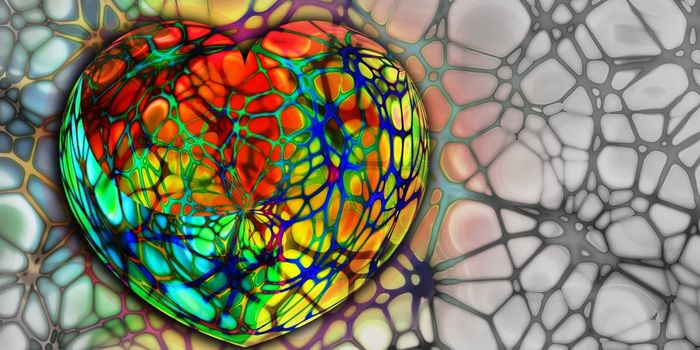Scientists from Michigan State University are developing a system to read the genome like normal people read a book. Like letters in a word and words in a sentence, the nucleotide letters in DNA are used to communicate certain messages that are represented when proteins are made.
The metaphor continues with protein-coding regions and regulatory regions. The researchers from the present study, published recently in
eLife, see the former as a traffic signal, a simple stop-and-go communicator for protein production. Regulatory regions are considered to be more poetic, with hundreds of factors and binding places all affecting a gene’s activity, primarily whether the gene is on and active or not.
The idea of a “genetic language” is not a novel idea; scientists have long compared the genetic code to an ancient book waiting to be deciphered. Like famous poets and storytellers use words to “evoke thoughts and emotions” to communicate a certain message, transcription factors and binding sites control the genetic message encoded in the DNA.
“As we enter an era where the DNA sequences of entire human populations are increasingly accessible,” said lead author David Arnosti, PhD, “we would like to know the functional significance of changes in gene regulatory regions.”
The genetic deciphering began with over a thousand Drosphila embryos. Drosphila are a fruit fly species commonly used in science as a model system, as a million Drosphila generations will pass before one human generation does.
The scientists identified a Drosphila regulatory factor called Dorsa that binds to the enhancer of a gene called rhomboid, either turning the gene on or off. An elaborate network of genes stems from rhomboid, a sort of control gene for a transmembrane protein “required for the differentiation of ventral epidermis in the Drosphila embryo.”
Their 1000-embryo study paired with close examination of multiple Dorsa gene variants led to the creation of “mathematical models using parameter optimization” that the researchers can now use to tune into the meaning behind the genetic code. These models helped the researchers develop a system for “reading” the genome with specifically identified regulatory properties that were found to be conserved throughout the entirety of the genome.
Like someone who speaks French but not English, without the knowledge of these regulatory properties, the scientists would not be able to make sense of the genetic code in the Drosphila embryos.
Also similar to words and sentences in different genres of literature, DNA letters can be used in “different contexts to convey different meanings,” only instead of speaking in metaphors and analogies, the genetic material contains different meanings for genetic regulation.
How do mutations affect the understanding of the genome and gene expression? That’s the question the researchers are asking each other now. Understanding the cause and effect relationship between genes and how the genetic message is altered is vital for understanding how to implement better diagnoses and treatments for various diseases.
Source:
Michigan State University,
eLife,
Genes and Development









